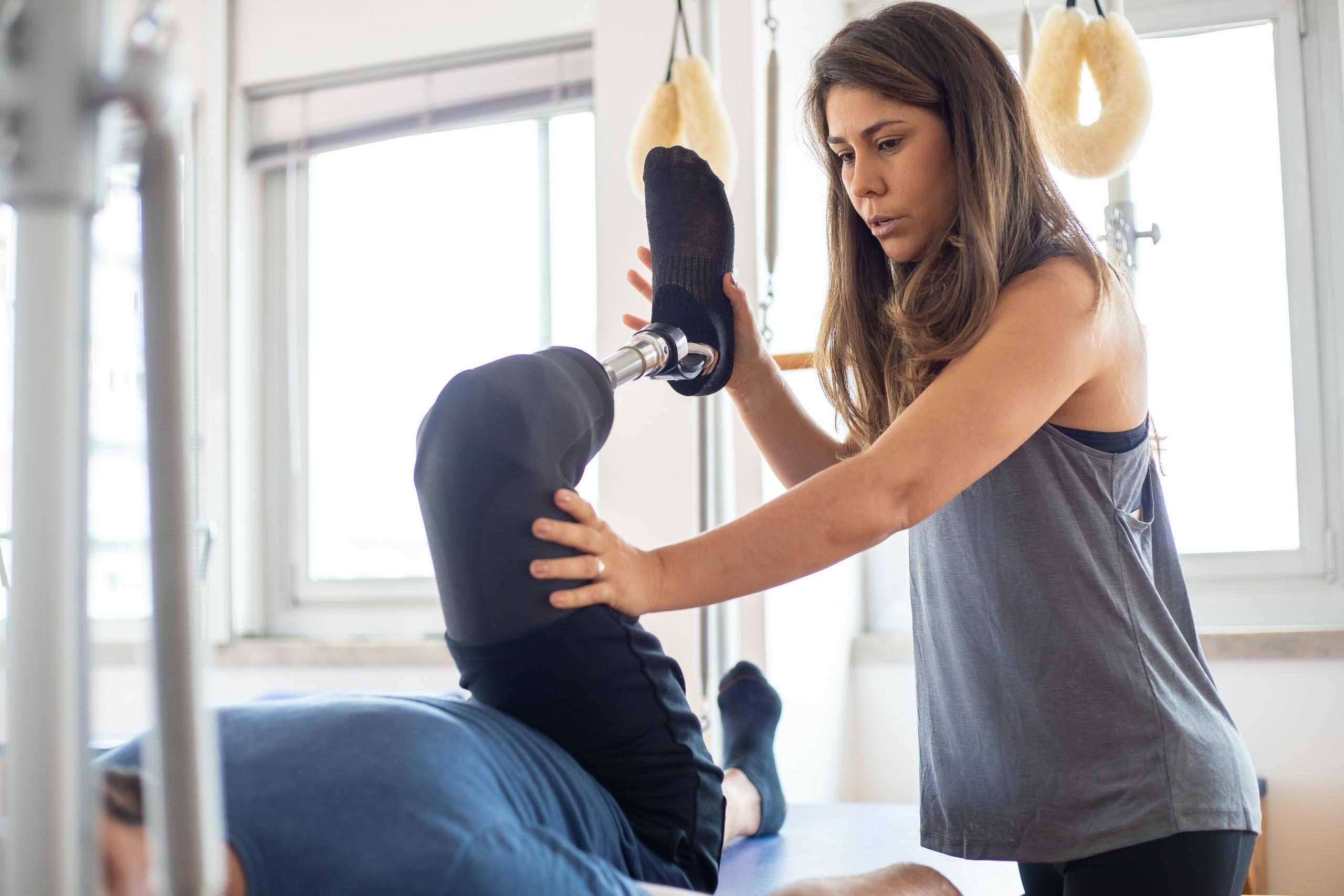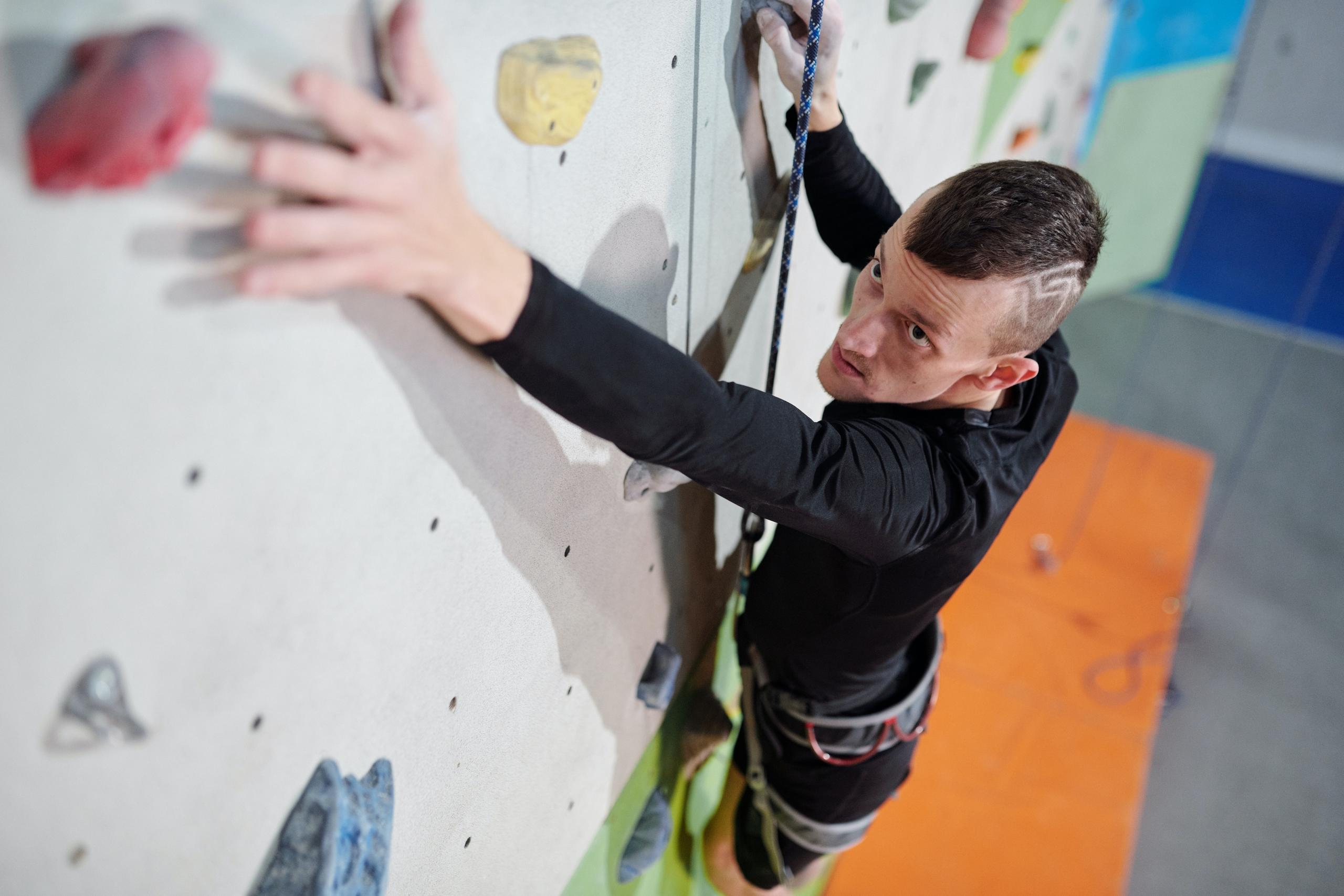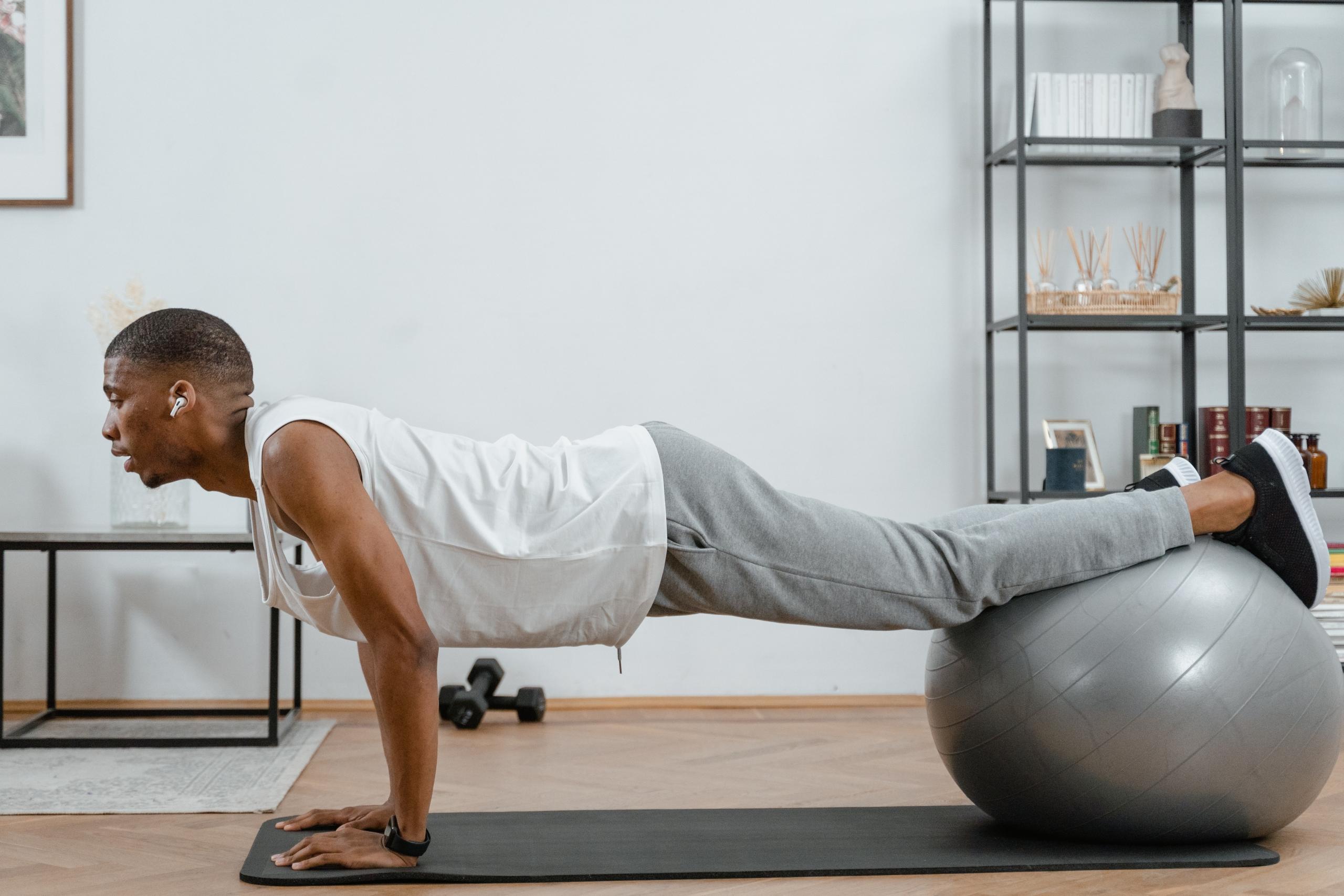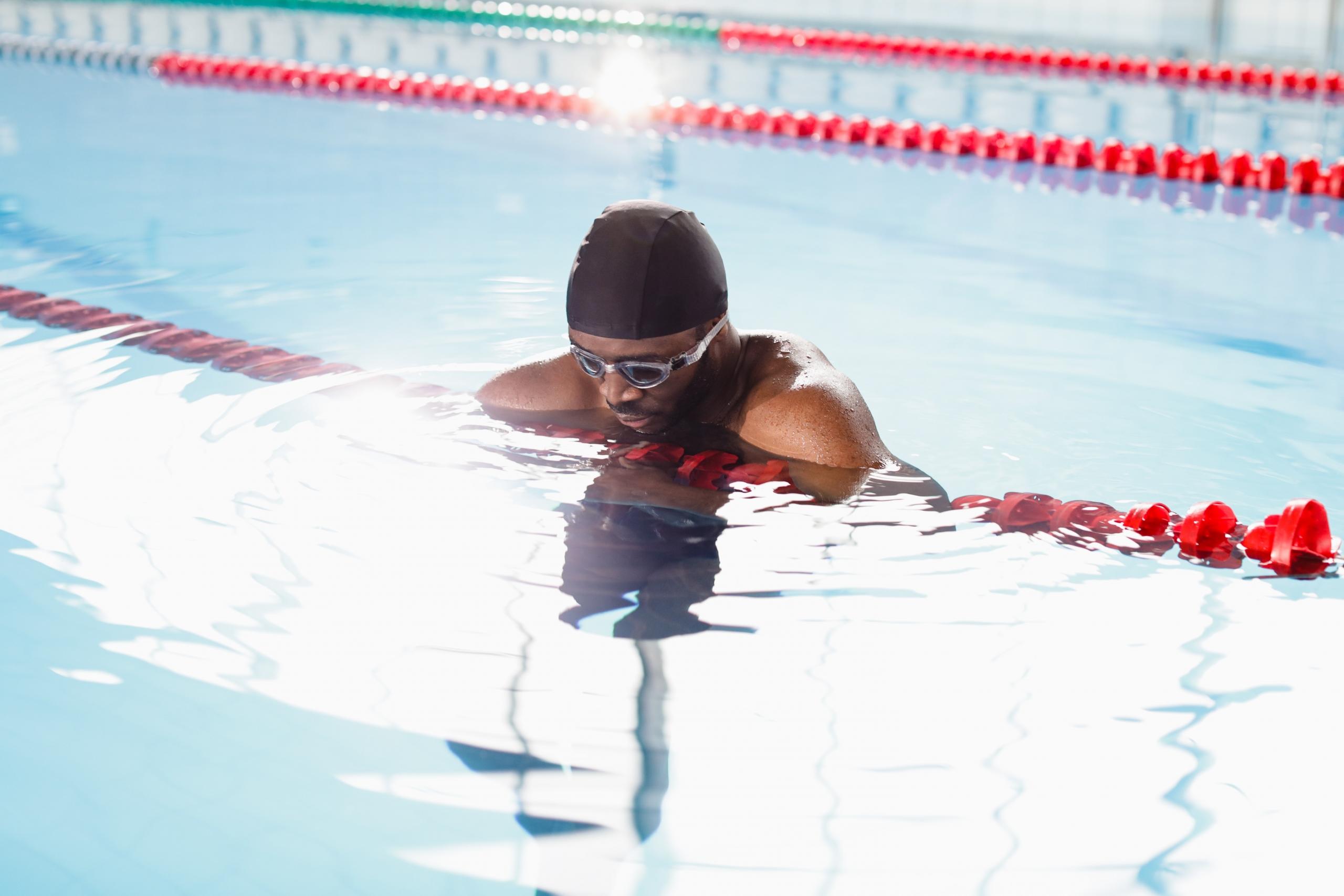Continuous effort — not strength or intelligence — is the key to unlocking our potential. Liane Cardes
When it comes to exercise rehabilitation after an injury, it can seem daunting to get moving again, however, to stay in shape and avoid further injuries it is essential. It is important to know which are the best exercises to start with, especially in the absence of a personal trainer. In this short guide, we have tips and advice on how to start exercising after a long time especially if you are getting over an injury. But, before you get started, consult with your doctor to be sure that the exercises you intend to do will not cause any further harm.
Want to give private lessons?
Join the Superprof community and share your knowledge with inquiring and motivated students.
Get Medical Advice
If you have been injured or are getting back to the gym after a long break, it is advisable to have a medical and the go-ahead from your medical practitioner.
The advantages of maintaining exercise for an injured athlete are undisputed however make sure that you first check with your physiotherapist, osteopath or doctor if you are ready for exercise rehabilitation.
In fact, there are some cases where you will be required to have a clean bill of health before you can take up certain sports.
Similarly, after pregnancy, illness or injury your doctor should give you the green light for kicking off a fitness programme. Your GP will want to find out about your overall fitness, the kind of activities you prefer and how often you would like to do them.
Other questions you can anticipate are how you feel after a workout. The purpose of a medical check-up is to ascertain whether you are ready for getting back to gym after a long break and advice on how to start exercising after a long time.

Considering the advantages of maintaining exercise for an injured athlete, it is also likely that your doctor will want to know how you feel while you are exercising. Major red flags for high-intensity exercises include chest pain and shortness of breath.
Take the advice of your doctor seriously and remember that their professional opinion is more important than how you feel.
You will want to make sure that your body is ready for whatever you are going to put it through, especially when it comes to your cardiovascular health. A good check-up with exercise rehabilitation in mind should include a fitness plan that is suited to your level of fitness.
So before getting back to workouts after a long break your doctor will want to make sure that you are free of the following:
- High blood pressure.
- Cardiovascular disease.
- Shortness of breath when exercising.
- In the case of smokers or people with pre-existing conditions, scans and other tests may be required.
- Any other conditions and illnesses.
Obtaining the green light from your doctor will give you the peace of mind that you need for your exercise rehabilitation, especially if you are getting back to gym after a long break.
Staying Motivated During Exercise Rehabilitation

While the advantages of maintaining exercise for an injured athlete are profound, you may not be doing what you would usually do. Try not to let this discourage you because the adverse effects of skipping this step could be far-reaching. If you do the best exercises to support your injury, when the time comes for getting back to gym after a long break, it will go more smoothly.
When it comes to how to start exercising after a long time, the best way to ensure long-term success is to start slowly. Monitor your progress and try to see each session as an opportunity for small gains. Go easy on yourself, listen to your body and remember that small goals that are achievable will add up to big wins.
Choose the best exercises to avoid these problems which could thwart your efforts to make the most of the advantages of maintaining exercise for an injured athlete.
- Sprains
- Back pain
- Dislocations
- Blisters
- Cramp
- Muscle strain
- Muscle soreness
- Tendinitis
But how would you avoid this pitfall?
One of the best ways is to find a private trainer to guide you and keep you free from further injuries.
Every injury is different and will therefore require different kinds of care.
If you have been injured, receiving supervision to make the most of the advantages of maintaining exercise for an injured athlete is advisable.
Injured or not, a private fitness coach will guide you in how to start exercising after a long time. They can help you with the right types of warm-ups and stretches that will not intensify your injury or condition.
A professional exercise trainer will guide you in terms of form, equipment and the best exercises to not make your injury any worse.
Take it Easy
One of the best ways to recover from an injury is to take it easy. Be meticulous about being gentle and focus on your form.

A good way to start is with a few minutes of walking at a low to moderate intensity. If you love running, try starting once a week and then picking up the frequency as you get back into it. Give your injury time to heal without losing the important habit of exercise. Slowly and bit by bit, you will get into your routine. Slowly start adding an extra five minutes to your routine. Here are a few other times to help you get started.
- Always warm up.
- Focus on your breathing.
- Hydrate before, during, and also after.
- Try targeted workouts that will focus on specific parts of the body.
- Gradually increase the duration and intensity of your workouts.
- Respect your limits.
- Pay attention to maintaining good form.
- Use the correct tools and equipment.
- Set achievable goals.
Patience is key when it comes to building up strength through exercise after an injury. Also, aim to maintain a regular exercise schedule after the injury as this will release endorphins and improve your mood. Endorphins also help to make you feel optimistic and relaxed.
What are the Best Sports for Avoiding Injuries?
If you are looking for the best sports for exercise rehabilitation, then choose exercises where the chance of injury is low.
Here are some of the best exercises for rehabilitation or avoiding further injury.
- Yoga
- Aquabiking
- Swimming
- Physical rehabilitation programmes
- Light aerobic sessions
- Tai Chi
- Pilates
- Cycling
- Walking
Try to avoid high-intensity sports like boxing, rugby, CrossFit and HIIT while you are recovering. If you like weight training, opt for using your own body weight for resistance rather than using the equipment.

To summarise, healing should take place before exercise is resumed and following the guidance of a medical professional is the best way to time this. Set achievable goals and take it easy. Choose exercises that will not further irritate your injury and remember that you can still get back into shape by making a slow start and working up from there.
Find out how to make the most of home workouts and if you’re looking for help with your fitness routine, consider the assistance of a personal trainer like those on Superprof.
Keeping up with a consistent exercise routine that keeps you both enthused and accountable is possible especially when you have a personal trainer like those found on Superprof. Finding the right one means that not only will your sessions be personalised, but you can have the peace of mind of knowing that your form is correct too.
When someone is monitoring your movements you will benefit from making sure that you are moving correctly and also prevent injury.
One of the great advantages of using Superprof is that most trainers will offer their introductory session for free. This is a brilliant opportunity to find out more about their background and also discuss your reasons for hoping to get fit. Whether your aim is to build strength and tone or get cardiovascular fit, that meeting will be the perfect time to discuss everything.
In terms of budget, Superprof offers many different options. You could work with a coach one-on-one, or opt to pair up with a buddy to save costs. If affordability is a factor, you could also find out about group classes or online sessions too.
Superprof boasts thousands of tutors all over the world including South Africa. Use the website's location finder to see if there is a personal trainer near you.
Just be sure to check with your doctor before starting an exercise routine when you are recovering from an injury.
Want to give private lessons?
Join the Superprof community and share your knowledge with inquiring and motivated students.





